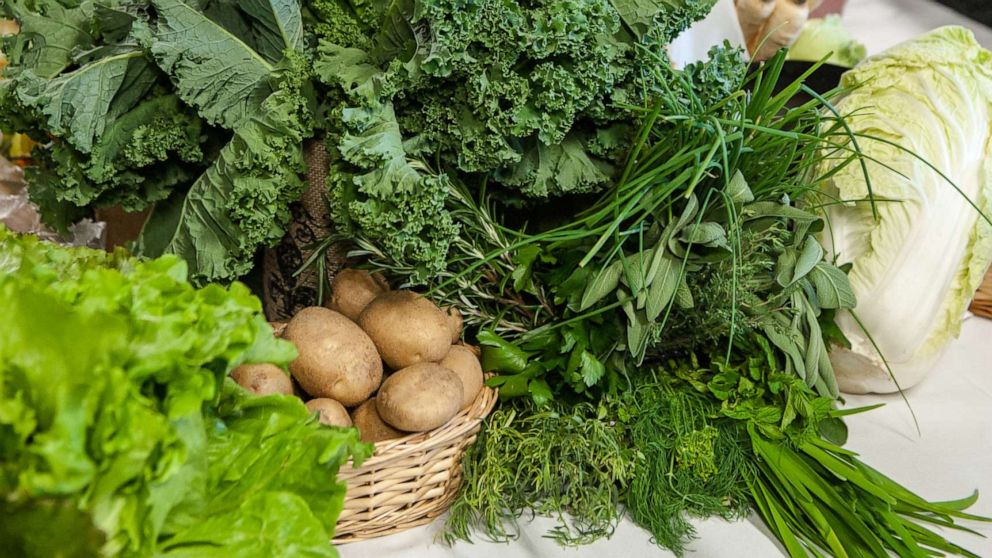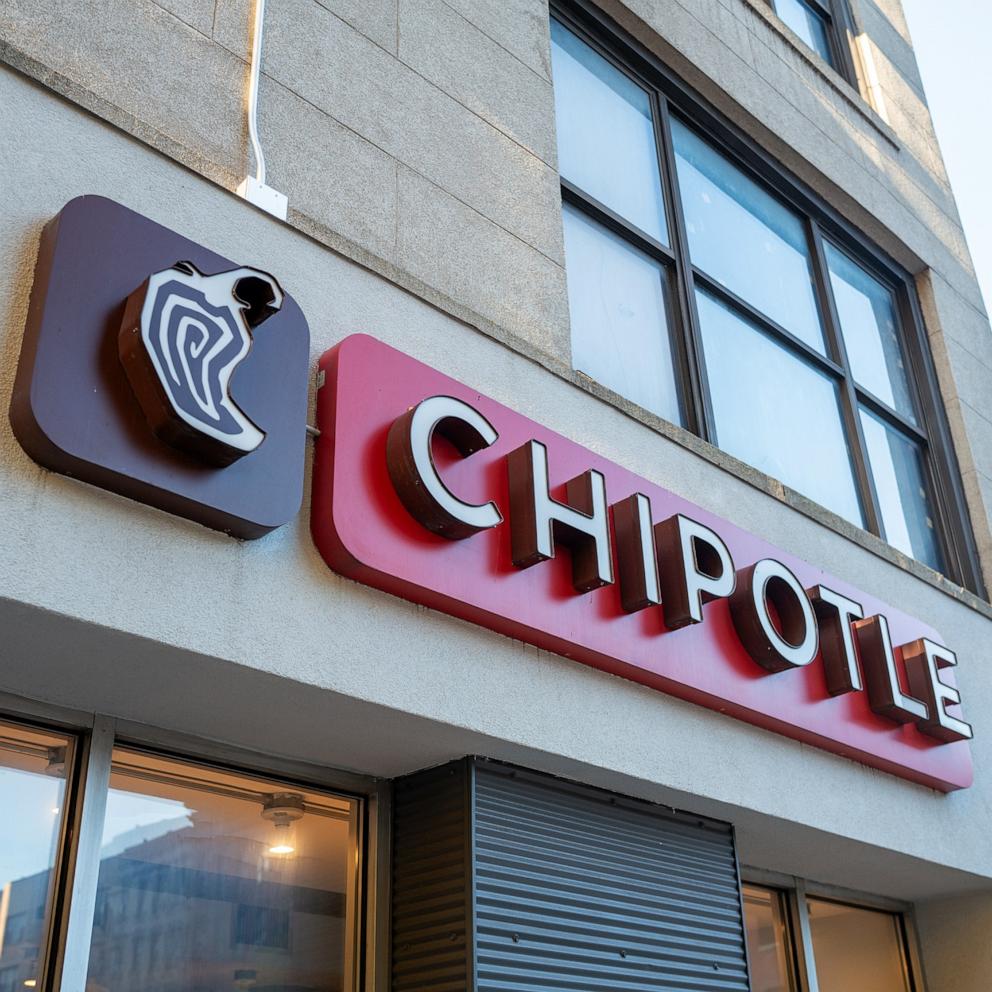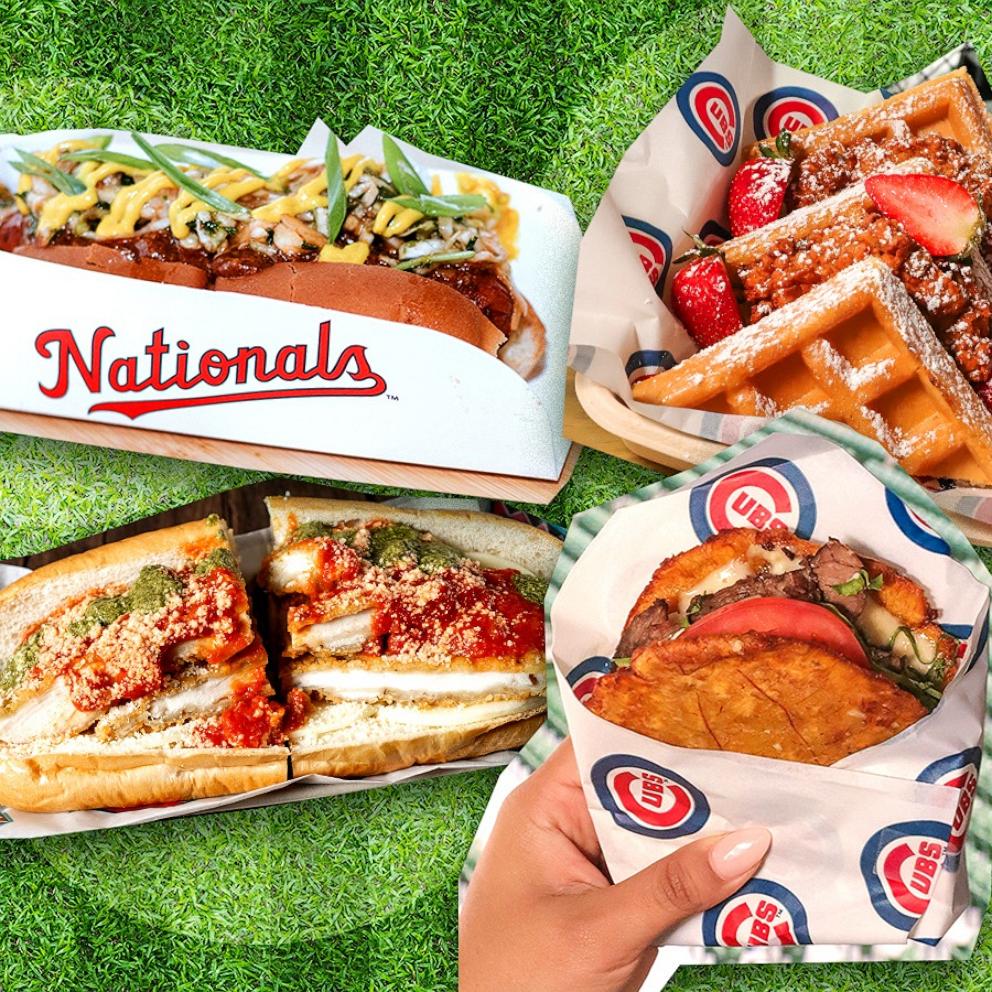7 ways to go no-waste in the kitchen: Turn scraps into stars and 'eat ugly'
Professional chefs have long practiced smart ways to curb food waste, and you can implement their top tips, recipes and other ways to practice a sustainable relationship with food in your home kitchen.

"GMA" spoke to leaders in the food community who shared insights from full-use cooking methods to best practices as diners and how everything we do has an impact on the links in the food chain.
If you've ever thrown out wilted greens that you forgot about in your crisper drawer, tossed out the tops and stems of veggies without a second thought, or only buy boneless poultry, then you -- my friend -- are missing out on some seriously delicious flavor and future star ingredients.
What is food sustainability?
Katherine Miller, the vice president of impact at the James Beard Foundation, knows a thing or two about food sustainability policy and advocacy.
"Sustainability for us at the James Beard Foundation is about three principles: good for people, good for the planet and the community," she said. "We focus on these pillars in our practices related to food waste reduction."
Miller developed the foundation's signature training program, Chefs Boot Camp for Policy and Change, where professional chefs cook and learn skills to practice sustainability in their kitchens and at the community level.
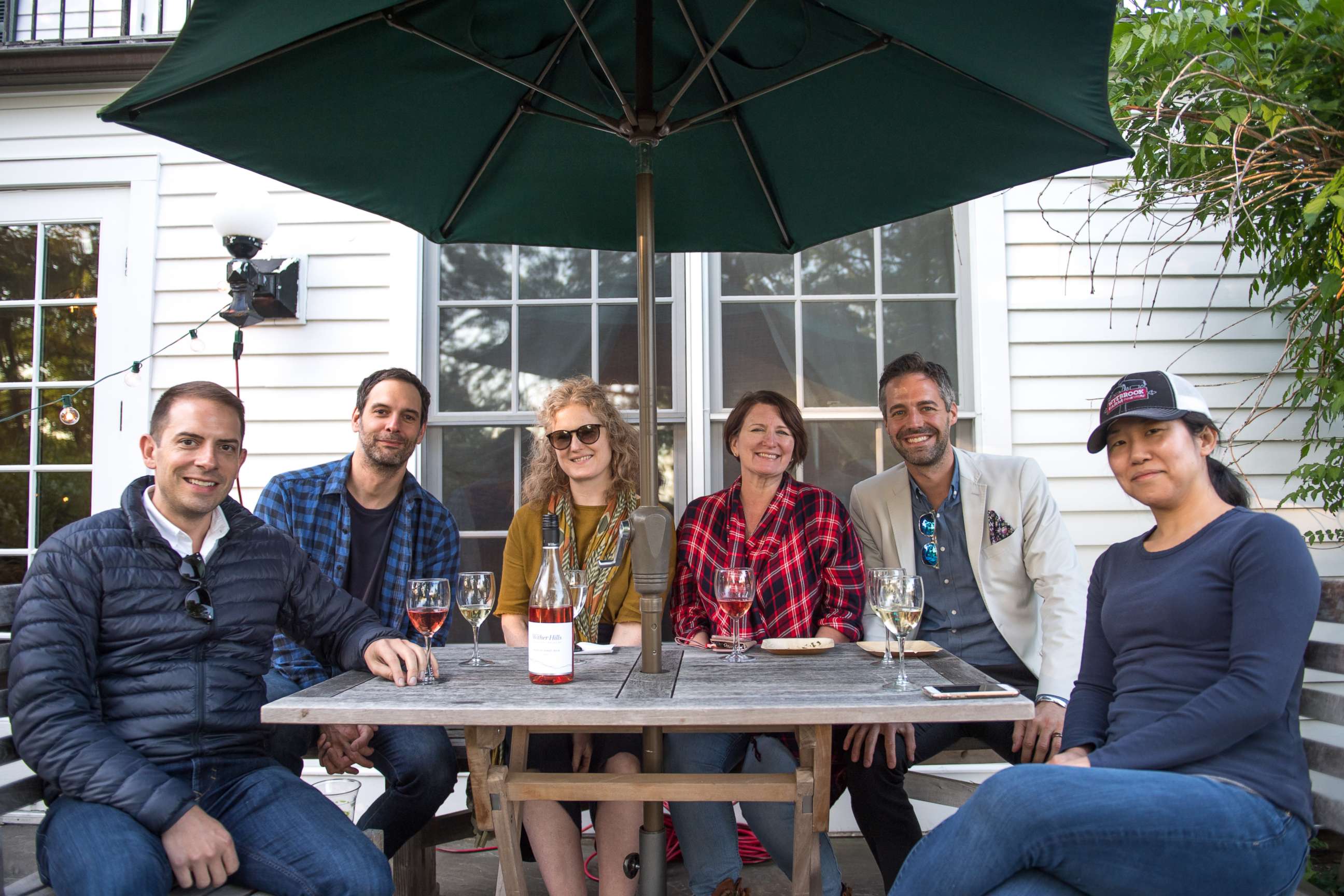
Along with the Foundation's "Waste Not" cookbook that shows readers how to get the most from their food, Miller said JBF also has a chef-to-chef curriculum to create a full-use, no-waste kitchen.
Support food that is as good as possible for every link in the food chain.
Sara Brito, president and co-founder of Good Food 100, which measures chefs and restaurants' commitment to and impact on a sustainable food system, said everything that eaters, chefs and restaurants do has an impact.
"How they spend their money has an impact on every link in the food chain: the environment, animals, farmers, ranchers and fishermen, farm workers and food service workers," Brito explained. "People should vote with their food dollars to support food that is as good as possible for every link in the food chain."
Did you know?
Food waste is estimated at between 30 to 40% in the U.S.
"This estimate, based on estimates from U.S. Department of Agriculture's Economic Research Service of 31% food loss at the retail and consumer levels, corresponded to approximately 133 billion pounds and $161 billion worth of food in 2010," according to a USDA report.
Top tips and best practices
These are some of the simple things you can do every day to help create a sustainable food chain.
Love your freezer
"Freeze everything." This was the resounding message from every chef and food leader we heard from, so it's no wonder this was Miller's No. 1 tip.
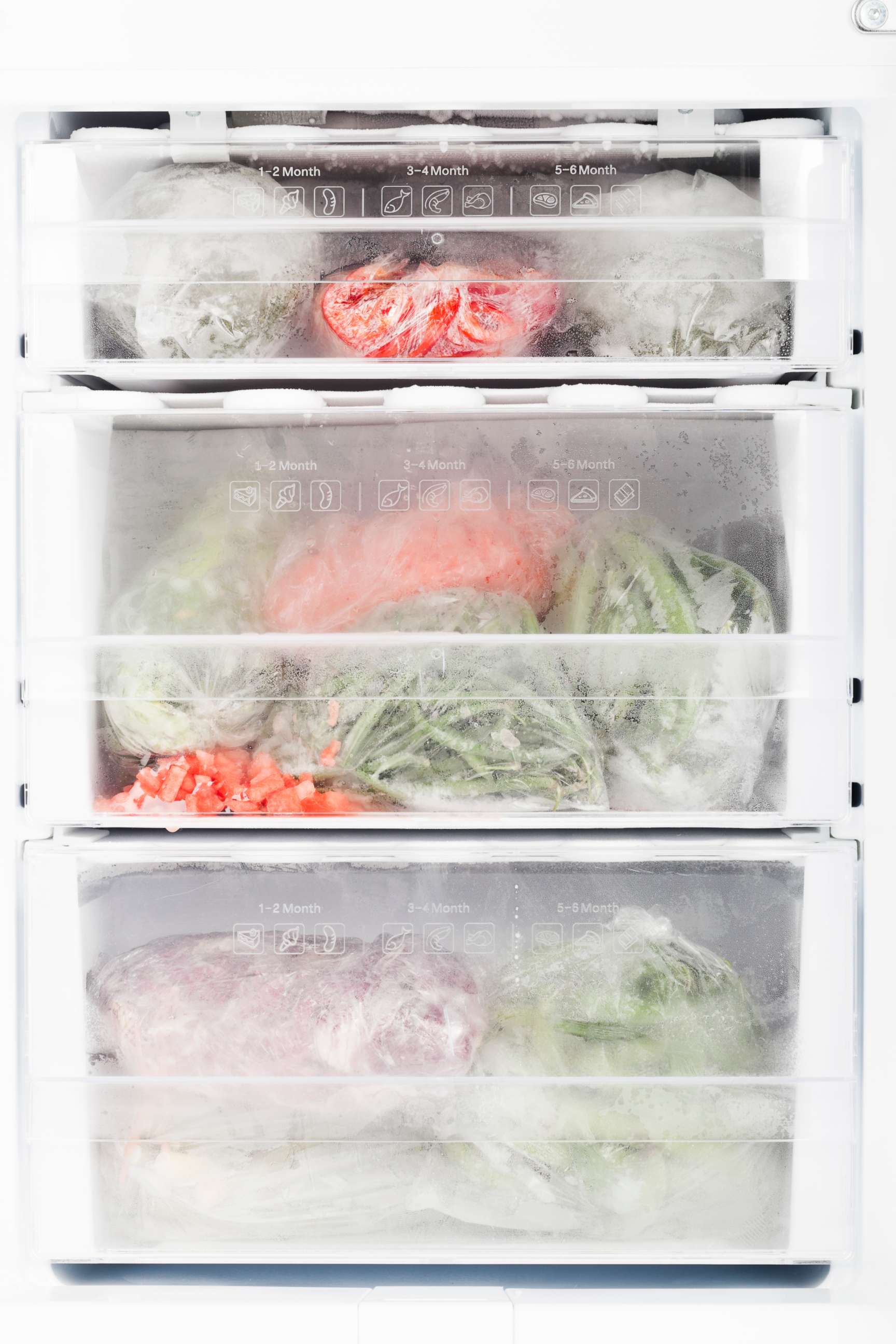
"You may realize, 'Oh, I bought that ground beef and decided not to use it tonight,' or you have a whole bunch of vegetables from the farmers market and you have all these ends you're not going to eat right away -- put it in the freezer."
Freeze leftover vegetables and even rotisserie chicken bones to be used for soup stock.
Plan your menu so you don't over-prepare
"Especially for home cooks, another tip is to plan your menu," Miller said. "Plan for your guests and don't over-prepare. You want people walking away happy, not stuffed."
She also said that despite the idea for a host to have an abundance, it's better to "leave 'em wanting more."
Encourage leftovers and elevate it with an egg
"In the same way we do at the [James Beard] House, encourage people to take leftovers home with them," Miller said. "You will waste far less food."
The Good Food 100 co-founder also said people can incorporate this practice when dining out at restaurants.
"Don't be afraid to ask (or let others make you feel cheap for asking) for all of the leftovers to take home," Brito said. "Almost all leftovers taste good the next day for breakfast or lunch with an egg on it."
"Even the extra bread in the bread basket makes for delicious toast the next day or breadcrumbs to freezer for later use."
Chef Kwame Williams, a private chef from New Jersey who also attended a JBF boot camp, suggested another great use of leftovers: "Stir fry!"
"A traditional stir fry is made with day-old rice -- combine that with any leftover meat that might be in your refrigerator, along with fresh or frozen vegetables," Williams added.
Turn your scraps into stars
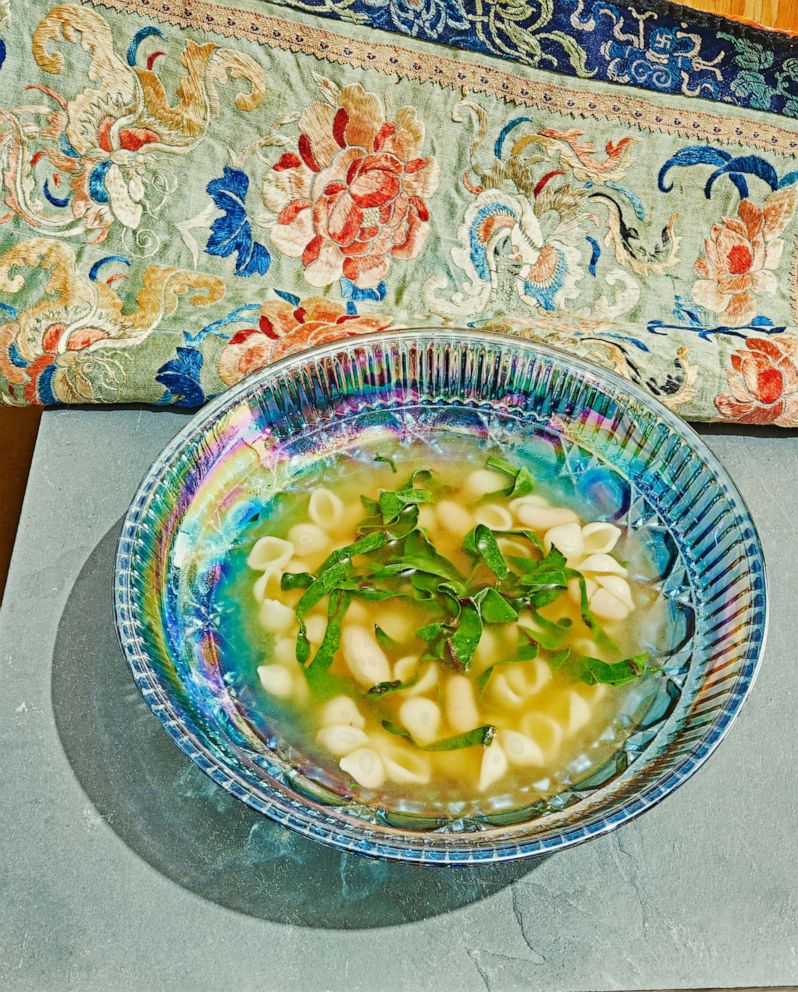
Miller suggested to "juice the stems and turn it into a lovely cocktail" and to "save the bones from a chicken and turn it into a soup. Use all the peels and ends of your onions, carrots and other vegetables to make into a lovely broth on a rainy day."
Brito added that purees are another perfect way to preserve and capitalize on using an ingredient.
"Puree any leftover vegetable to make a quick and delicious vegetable soup," she suggested.
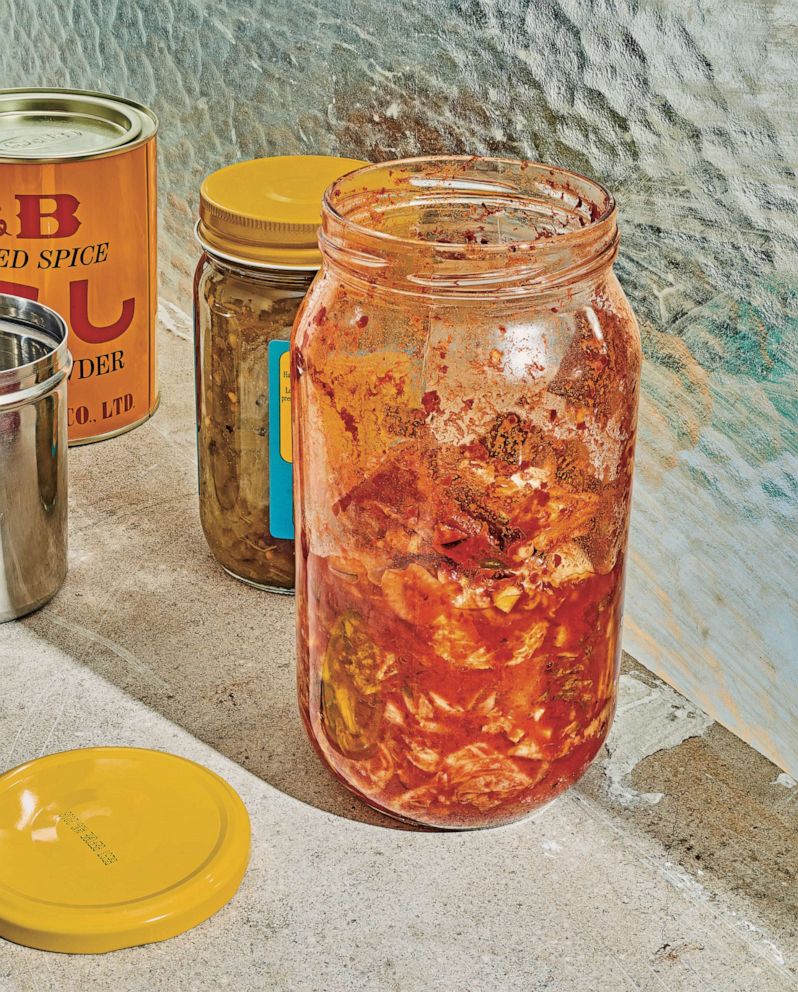
Kimchi is a way to ferment with chili, it's just a little funkier but it adds some spice [and
Cupps, who loves Asian cooking techniques, said pickling -- and particularly fermenting -- is a great way to reinvigorate produce and give it new life.
"In a lot of Japanese and Korean cookbooks," Cupps added, "they suggest things like Kimchi, which is just a way to ferment with a little chili. It's just a little funkier but it adds some spice, some kick to your food and it does preserve the product for weeks."
In addition to pickling or making pesto, Williams also offered an additional option other than pickling vegetables or making a pesto: "Jams can definitely be used when you have an ingredient in excess."
Eat ugly
That's right, you don't have to pick the most Instagram-able fruits and vegetables. In fact, food advocates like Miller think you shouldn't!
Consumers can help reduce waste by supporting the movement to eat misshapen foods. Some companies, like Imperfect Produce, will even deliver the delicious fruits and veggies that don't make it off the farm to grocery stores for nearly 30% less than supermarket prices.
It's even become popular on social media accounts that show off carrots that look like they're hugging or other produce shaped like a heart.
FIFO
First In, First Out: When you put your groceries into the fridge or pantry, move the older products to the front and put new products in the back. You'll be more inclined to use the older stuff in front before it expires.
Keep a list of what you have
With an inventory of all the items at your finger tips, you may be less likely to purchase more of the same without using what you have on hand.
Save cooking and braising liquid
Another great practice in Akunowicz's kitchen is to save cooking or braising liquids to add back more flavor. With a filled pasta dish at Fox and the Knife, she uses simmering liquid and the peels from the parsnips to steep the pasta.
"It adds more parsnip flavor and body to the sauce!"
They also braise vegetables in the duck fat and stock from duck confit.
“The braising liquid is used as the base of the pasta sauce and we save the duck fat to confit our crispy potatoes."
Learn how to properly store ingredients
There are an array of online resources to show tips for proper food storage such as storing fresh herbs in a jar with water or putting mushrooms in a paper bag and removing the tops of root vegetables to keep them fresh.
Flavorful, no-waste recipes to make at home
Check out four of the top full use recipes from "Waste Not," like avocado pudding, stem-to-root beet burgers, kitchen scrap Kimchi and Parmesan broth with greens beans and pasta.
The foundation also shares more tips and full recipes on social media for #wastenotwednesday to promote full use cooking.
Meet the chefs practicing what they preach
Michael Anthony, executive chef Gramercy Tavern, New York City
Anthony said that the restaurant is set up by design to share top-quality ingredients across multiple menus offered in the tavern and main dining room.
"This interconnectivity, which highlights different price points and different aesthetic style of dishes, creates a perfect setting to eliminate waste," he said.
"Every dish at Gramercy Tavern is conceived to express a combination of thrift and ingenuity," he said, adding that there is an organizational obligation at Gramercy Tavern to transform every ingredient into "delicious, profitable dishes."
"We respect the effort that goes into producing these great ingredients," he added, "we train our staff to handle them reverentially, and we work with organizations like Rethink Food that are heroically entering our kitchen at the end of service and happy to capture preparations that will not be able to be served the following day."
Suzanne Cupps, executive chef Untitled by Union Square Hospitality Group, New York City
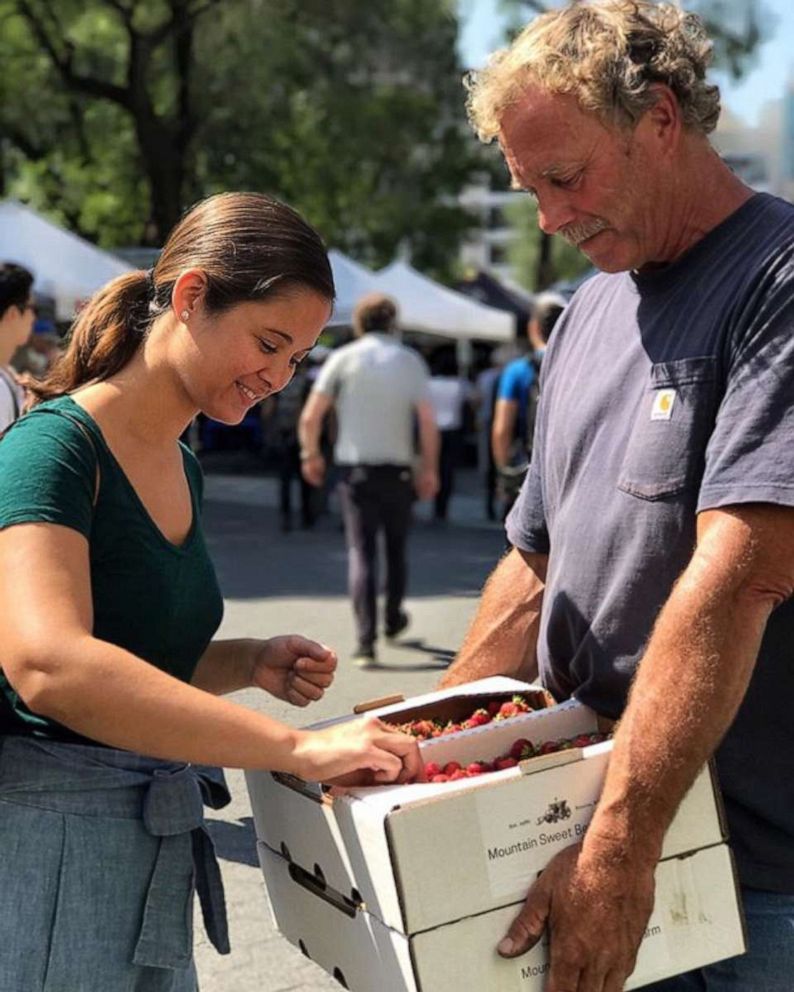
Cupps said sustainability is "at the heart" of her cooking and hailed practices passed down from chef Mike Anthony who helped her "understand what it is to be a mindful chef" and be aware of waste."
"Sustainability for me means supporting the folks around me, being the best steward of the ingredients that I can be and really being mindful of what our guests are eating and what's leftover after," she said.
Her restaurant focuses on "sourcing local, delicious food that is sustainable" from the Union Square Greenmarket, from which they buy 90% of their produce.
Karen Akunowicz, executive chef and owner Fox and the Knife, Boston
The James Beard Foundation 2018 best chef Northeast winner believes in using "as much as we can of our ingredients -- root to stem if you will."
"Broccoli stems are delicious," the chef said. "In our grilled broccoli Caesar salad we cut the stems off half way down and grill plank sections with stem attached," she said of one example. "Then we peel the remainder of the stems, and slice the stems thin, into half moons to add back to the salad raw for lots of crunch."
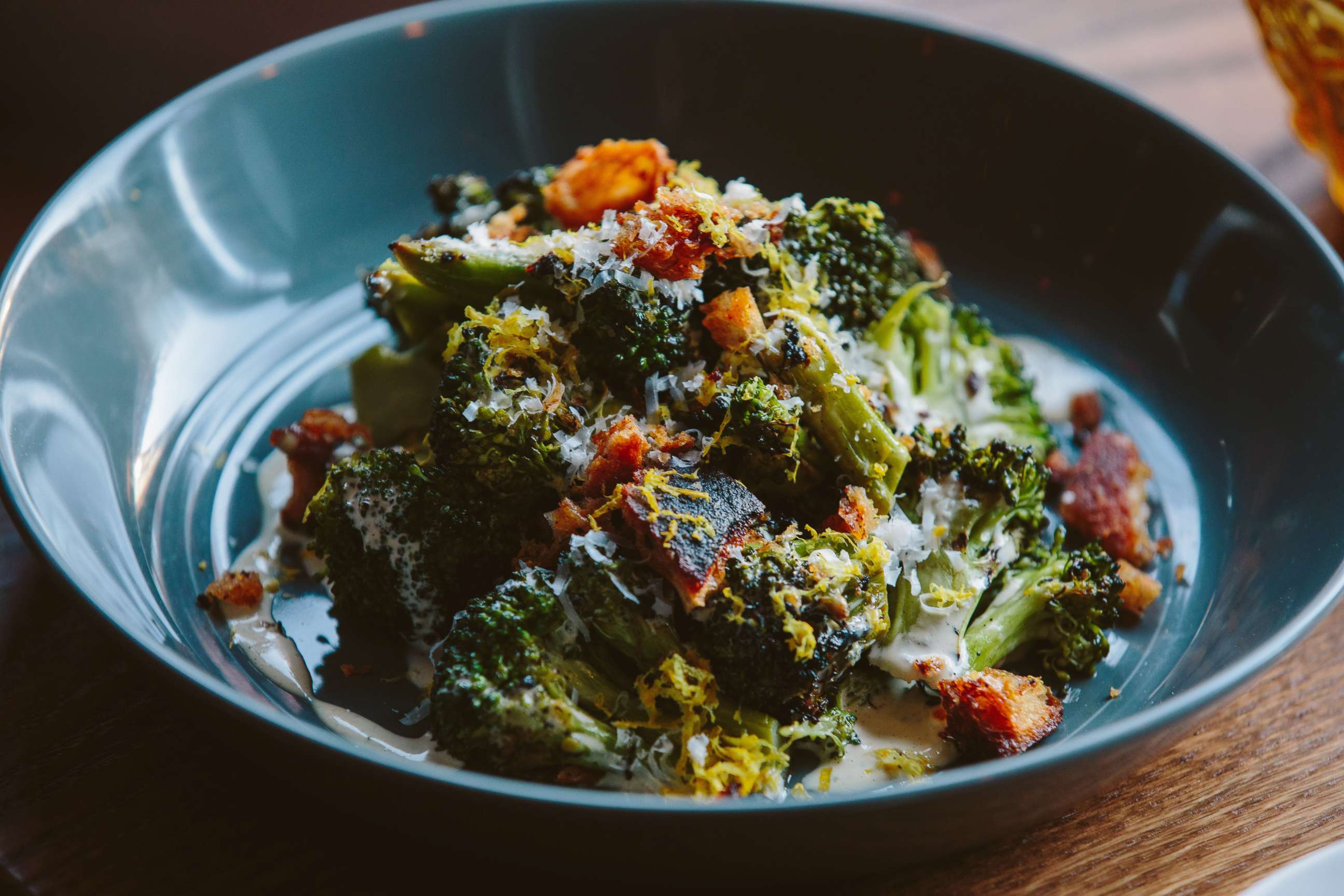
This story was originally published April 23, 2019.
